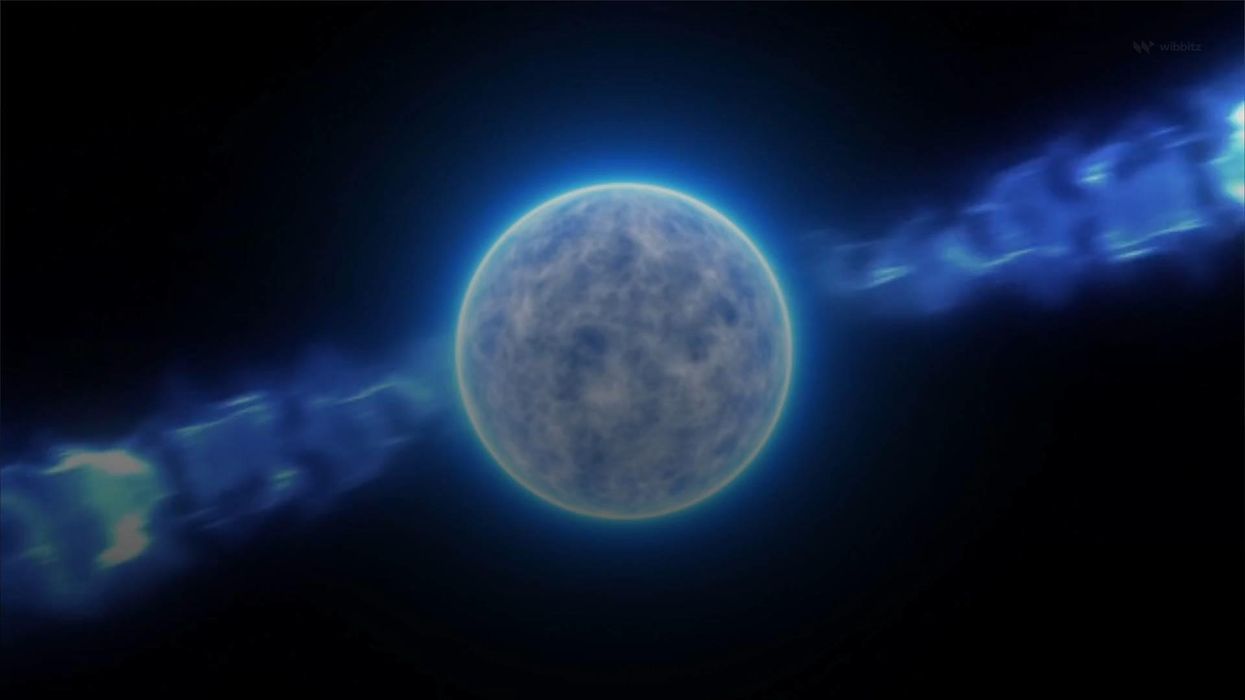Science & Tech
Breanna Robinson
Dec 07, 2022
Astronomers Detect Record-Breaking Gamma-Ray Burst
content.jwplatform.com
Astronomers are in a state of bewilderment after they discovered strange blasts of radiation from space.
Those blasts, known as gamma-ray bursts (GRBs), seem to come from a black hole that is developing slowly after two stars merged.
According to NewScientist, gamma-ray bursts come in two categories: short GRBs and gamma-ray explosions: short GRBs and long GRBs.
The short GRBs last under two seconds and tend to occur when two neutron stars smash and fall into a black hole. Long GRBs can last two minutes and are linked to supernovas, powerful and luminous star explosions.
However, when GRB 211211A was seen in 2021, it didn’t fit that criterion.
Sign upto our free Indy100 weekly newsletter
The New Scientist reported that four research groups observed the GRB, and they all witnessed the same thing - two stars colliding but only for 60 seconds.
“Two seconds is how long it takes in a merger for a black hole to form and eat up everything in its environment, so it’s very strange that this lasted a whole minute,” said Benjamin Gompertz, a professor of gravitational wave astronomy at the University of Birmingham.
One of the research teams believes that the merger could have left a neutron star called a magnetar, which could be catapulting the gamma-ray emission following the collision.
Magnetars are the most he most magnetic stars in the solar system.
On the other hand, the other three teams feel the blasts left behind a black hole.
It’s still unknown how that could create the long GRB.
“This is telling us that there is a missing piece of the puzzle that we didn’t even know was missing,” said professor Eleonora Troja at Tor Vergata University of Rome
Although GRB 211211A is separate from the typical GRB categorisations, there are others out there.
The other outlier GRBs haven’t been monitored as closely. Still, researching this particular GRB can help scientists better understand what’s happening.
Have your say in our news democracy. Click the upvote icon at the top of the page to help raise this article through the indy100 rankings.
Top 100
The Conversation (0)














